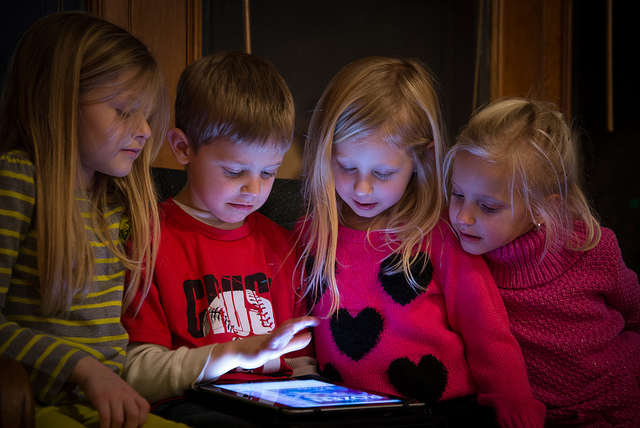What should parents and teachers consider when deciding if they should have young people read and interact with e-books? What are the potential benefits or negative aspects of interactive technology for learning and creativity?
We are still working through gaining an understanding of the most appropriate times and contexts for having children engage with technology. We’ve also mentioned before how excited we are about interactive apps that can be very engaging and have great learning potential, particularly when parents or teachers are playing some type of role.

This recent online piece about interactive e-books gives a sense of the current and future direction of technology for learning. Greenlight Learning has some suggested criteria to keep in mind when choosing appropriate interactive e-books. Scholastic has an article of suggestions for parents who are choosing whether to have their children read e-books. This post at reading rockets has a detailed discussion of some considerations and approaches for using e-books in K-6 learning contexts.
The idea of having children create their own e-books is particularly interesting and has great potential for creativity.

At some point paper textbooks will likely go the way of the typewriter or Edison cylinder, so we’re keeping our eye on the evolution of e-books and interactive multimedia in relation to developmental appropriateness, creativity, and learning. We want to look to research to help us make decisions before making any claims about pros and cons of e-books for children.